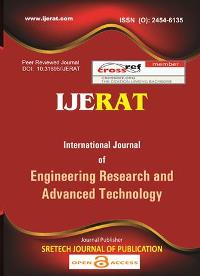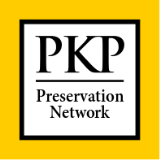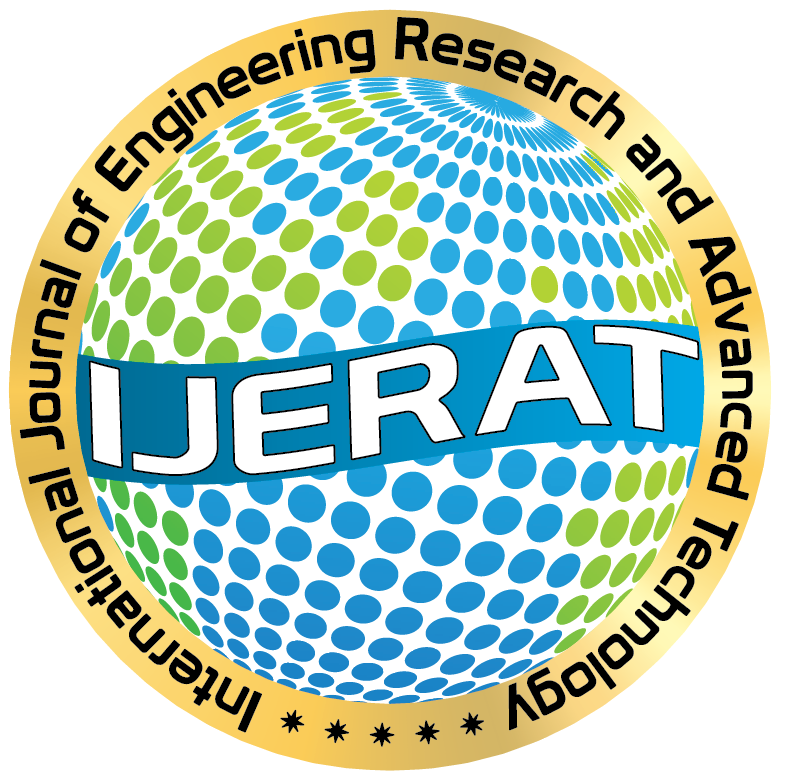Lean Manufacturing Design to Reduce Waste in Customer Complaint Services Using Lean Principles in Coil Industry Companies, of Indonesia
DOI:
https://doi.org/10.31695/IJERAT.2021.3728Keywords:
DMAIC, VSM, WAM, Waste.Abstract
For the needs of the automotive industry, in maintaining customer satisfaction, the company provides customer complaint handling services completed within five days of the complaint being made. From 2017 to February 2020, the average time needed to resolve customer complaints is 9.99 days. This study aims to determine the type of waste that occurs, determine the factors that cause delay in determining the ideal time to resolve customer complaints. Therefore, the approach in this study uses the integer method DMAIC (Define, Measure, Analyze, and Improvement), VSM (Value Stream Mapping), and WAM (Waste Assessment Model). The integration of WAM and DMAIC methods can determine the types of waste that occur, namely Defect, Inventory, Overproduction, Motion, Transportation, Waiting, and Motion. The application of the DMAIC method is applied to determine the factors that cause waste, namely the markers used are easily lost and damaged, lack of customer knowledge of the needs, and availability of complaint samples. Other factors are, no customer complaint forms and guidelines, laboratory test work by one analyst, lack of analyst knowledge regarding SEM enlargement, the process with the same and repetitive activities. The analysis of data/information on complaints and laboratory test results is carried out simultaneously. In integrating VSM and DMAIC methods, the ideal time to resolve customer complaints can be determined to be 4.54 days, 0.82 days earlier than the company's target.
References
Adrianto, W., & Kholil, M. (2016). Analisis Penerapan Lean Production Process untuk Mengurangi Lead Time Process Perawatan Engine (Studi Kasus PT.GMF AEROASIA). Jurnal Optimasi Sistem Industri, 14(2), 299. https://doi.org/10.25077/josi.v14.n2.p299-309.2015
Ashary, H., & Jaqin, C. (2016). Reducing Downtime Equipment in LPM Machine Line Using DMAIC Approach at an Alloy Wheel Manufacturer in Indonesia. International Journal of Science and Research (IJSR), 5(7), 740–744. https://doi.org/10.21275/v5i7.art2016205
Barbosa, B., Pereira, M. T., Silva, F. J. G., & Campilho, R. D. S. G. (2017). Solving Quality Problems in Tyre Production Preparation Process: A Practical Approach. Procedia Manufacturing, 11(June), 1239–1246. https://doi.org/10.1016/j.promfg.2017.07.250
Gaspersz, V. (2007). Lean Six Sigma For Manufacturing and Service Industries. Gramedia Pustaka Utama.
Gryna, F. M. (2007). Juran’s Quality Planning And Analysis For Enterprise Quality. McGraw-Hill Education.
Hines, P. P., & Taylor, D. (2007). Going lean, Lean Enterprise Research Centre. MedGenMed : Medscape General Medicine.
Khannan, M. S. A., & Haryono, H. (2017). Analisis Penerapan Lean Manufacturing untuk Menghilangkan Pemborosan di Lini Produksi PT Adi Satria Abadi. Jurnal Rekayasa Sistem Industri, 4(1), 47. https://doi.org/10.26593/jrsi.v4i1.1383.47-54
Kholil, M., Haekal, J., Eko Adi Prasetio, D. ., & Sulaiman Hasan. 2020. The Lean Manufacturing Design For Improving Production Scheduling Using Product Wheel Method in Chemical Manufacturing Company, Indonesia. International Journal of Engineering Research and Advanced Technology - IJERAT (ISSN: 2454-6135), 6(8), 12-18.
Haekal, J., & Setio, H. 2017. Selection of Raw Material Suppliers Using Analytical Hierarchy Process in Food and Beverage Company, South Jakarta. ComTech: Computer, Mathematics and Engineering Applications, 8(2), 63-68.
Haekal, J. (2018). Perancangan Dan Evaluasi Implementasi Sistem Manajemen Mutu Iso 9001: 2015 Melalui Kepuasan Pelanggan Di Universitas Islam As-Syafi’iyah (Doctoral Dissertation, Universitas Mercu Buana Jakarta).
Kholil, M., Haekal, J. H, Sulaiman. 2020. Lean Manufacturing Design to Reduce Waste in Gear Production Process Using VSM and Kaizen Method Approaches (Case Study: Gear Primary Driven K56 Product). Journal of Scientific and Engineering Research. 7(8), 1-9
Haekal, J., & Prasetio, D. E. A. Planning Of Production Facilities Layouts In Home Industry With The Systematic Layout Planning Method.
haekal, J., & Setiawan, I. (2020). Comparative Analysis of Raw Materials Controls Using JIT and EOQ method For Cost Efficiency of Raw Material Supply in Automotive Components Company Bekasi, Indonesia. International Journal of Engineering Research and Advanced Technology (ijerat), 6(10), 76-82. https://doi.org/10.31695/IJERAT.2020.3661
Kholil, M., Hendri, Hanum, B., & Setiawan, R. (2018). Using 7 waste approach and VSM method to improve the efficiency of mackerel fish crackers production time at small medium enterprise (SME). Proceedings of the International Conference on Industrial Engineering and Operations Management.
Marendra, I. G. (2018). Upaya Miminimasi Waste pada Lini Proses Produksi Kertas Memo Putar Menggunakan Value Stream Mapping (VSM). Operations Excellence, 10(1), 17–25.
Naro, A., & Halimah, N. (2019). Perancangan Lean Production System Pada Lini Produksi Panel Listrik Tipe Wall Mounting Dengan. 8(1), 61–71.
Nugroho, A., Studi, P., Teknik, M., Buana, U. M., & Service, L. (2017). Peningkatan Performa Kinerja Pelayanan Industri Telekomunikasi Menggunakan Filosofi Kaizen Dan Visual Stream Mapping Studi. 9(1), 13–26.
Pradana, A. P., Chaeron, M., & Khanan, M. S. A. (2018). Implementasi Konsep Lean Manufacturing Guna Mengurangi Pemborosan Di Lantai Produksi. Opsi, 11(1), 14. https://doi.org/10.31315/opsi.v11i1.2196
Prasetyo, E., & Kholil, M. (2014). Analisa Produksi Pada Aerosol Can Ø 65 X 124 Dengan Menggunakan Metode Pendekatan Six Sigma Pada Line Abm 3 Departemen Assembly Pt. Xyz. Jurnal PASTI, 8(2), 191–202.
Rawabdeh, I. A. (2005). A model for the assessment of waste in job shop environments. International Journal of Operations and Production Management, 800–822. https://doi.org/10.1108/01443570510608619
Rother, M., & Shook, J. (2003). Learning to See Value Stream Mapping to Create Value and Eliminate Muda. Lean Enterprise Institute Brookline. https://doi.org/10.1109/6.490058
Kholil, M., Haekal, J., Prasetio, D. E. A., & Hasan, S. (2020). The Lean Manufacturing Design for Improving Production Scheduling Using Product Wheel Method in Chemical Manufacturing Company, Indonesia.
Smętkowska, M., & Mrugalska, B. (2018). Using Six Sigma DMAIC to Improve the Quality of the Production Process: A Case Study. Procedia - Social and Behavioral Sciences, 238, 590–596. https://doi.org/10.1016/j.sbspro.2018.04.039
Syukron, A., & Kholil, M. (2012). Six Sigma Quality for Business Improvement (1st ed.). Graha Ilmu.
Lucia-Palacios, L., Perez-Lopez, R., & Polo-Redondo, Y. (2020). How situational circumstances modify the effects of frontline employees’ competencies on customer satisfaction with the store, Journal of Retailing and Consumer Services, 52, 101905.
Downloads
Published
Issue
Section
License
Copyright (c) 2021 Atep Afia Hidayat, Muhammad Kholil, Jakfat Haekal, Wahyu Erka Sandra, Dede Rukmayadi

This work is licensed under a Creative Commons Attribution-NonCommercial 4.0 International License.









